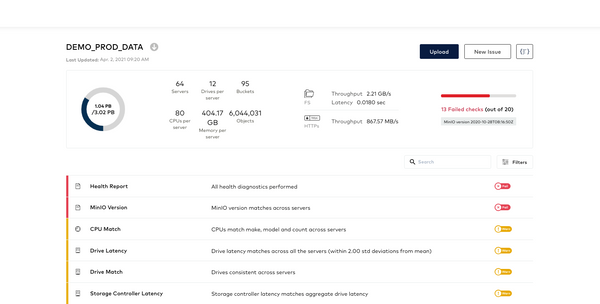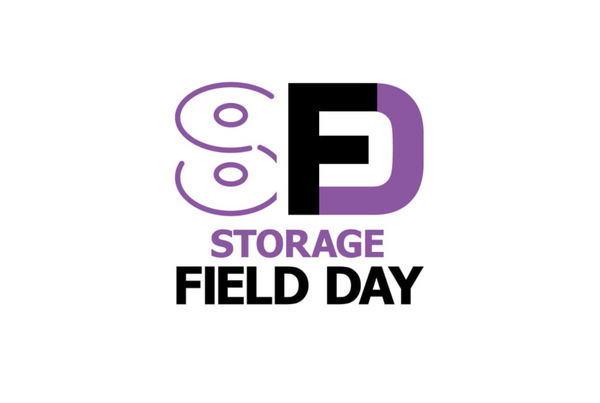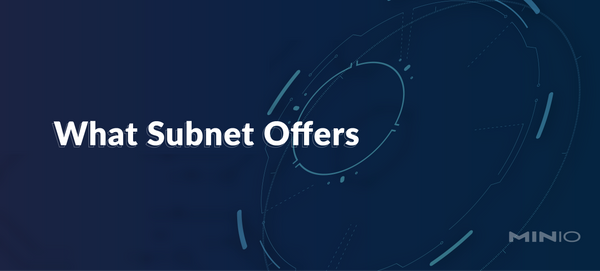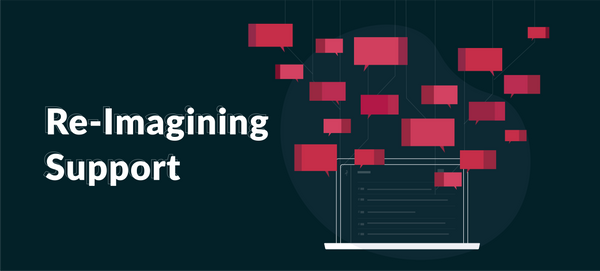Event Notifications vs Object Lambda

As we were writing the blogs on Event Notifications and Object Lambda we came to a realization of why there are two different features doing almost the same thing? Or are they? What is the difference between the Greek Lambda and Lightning Bolt?
Read more




















